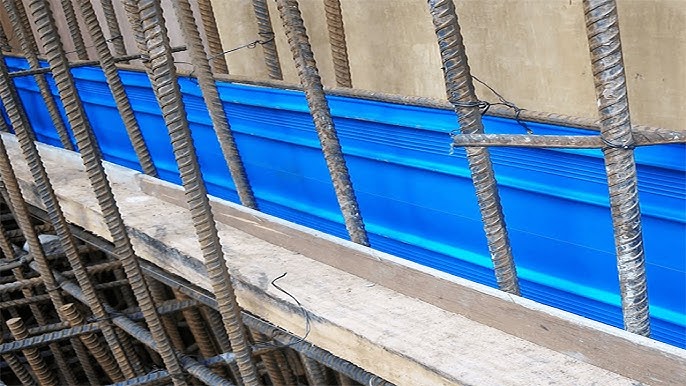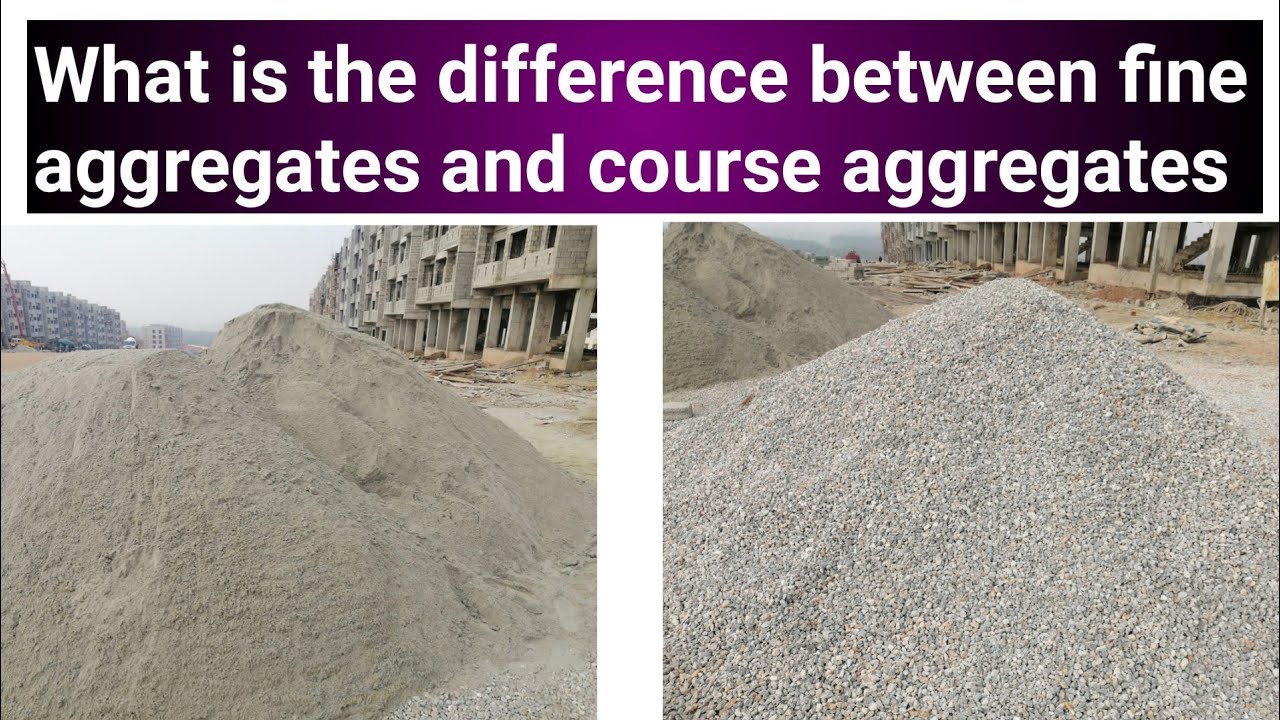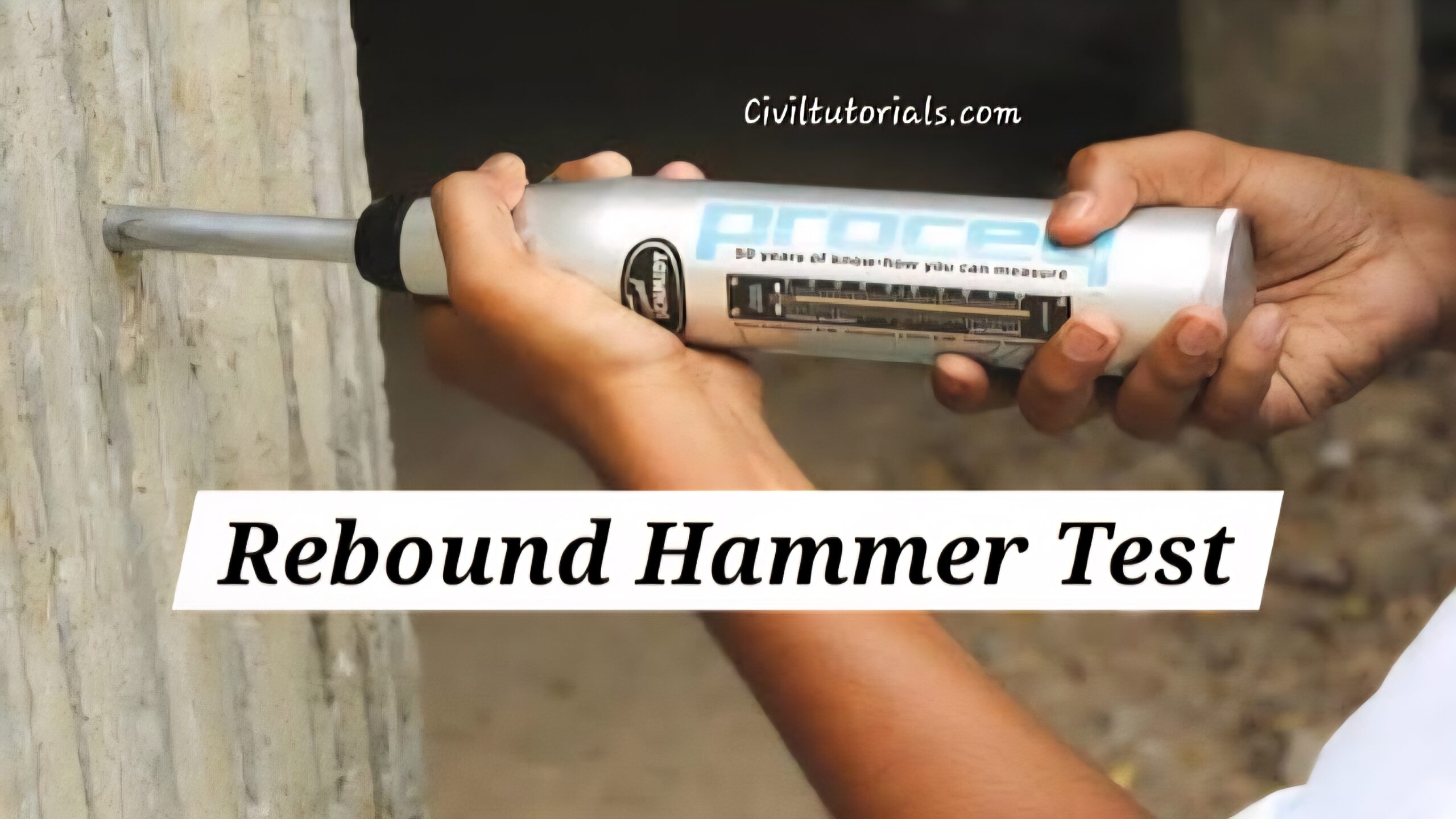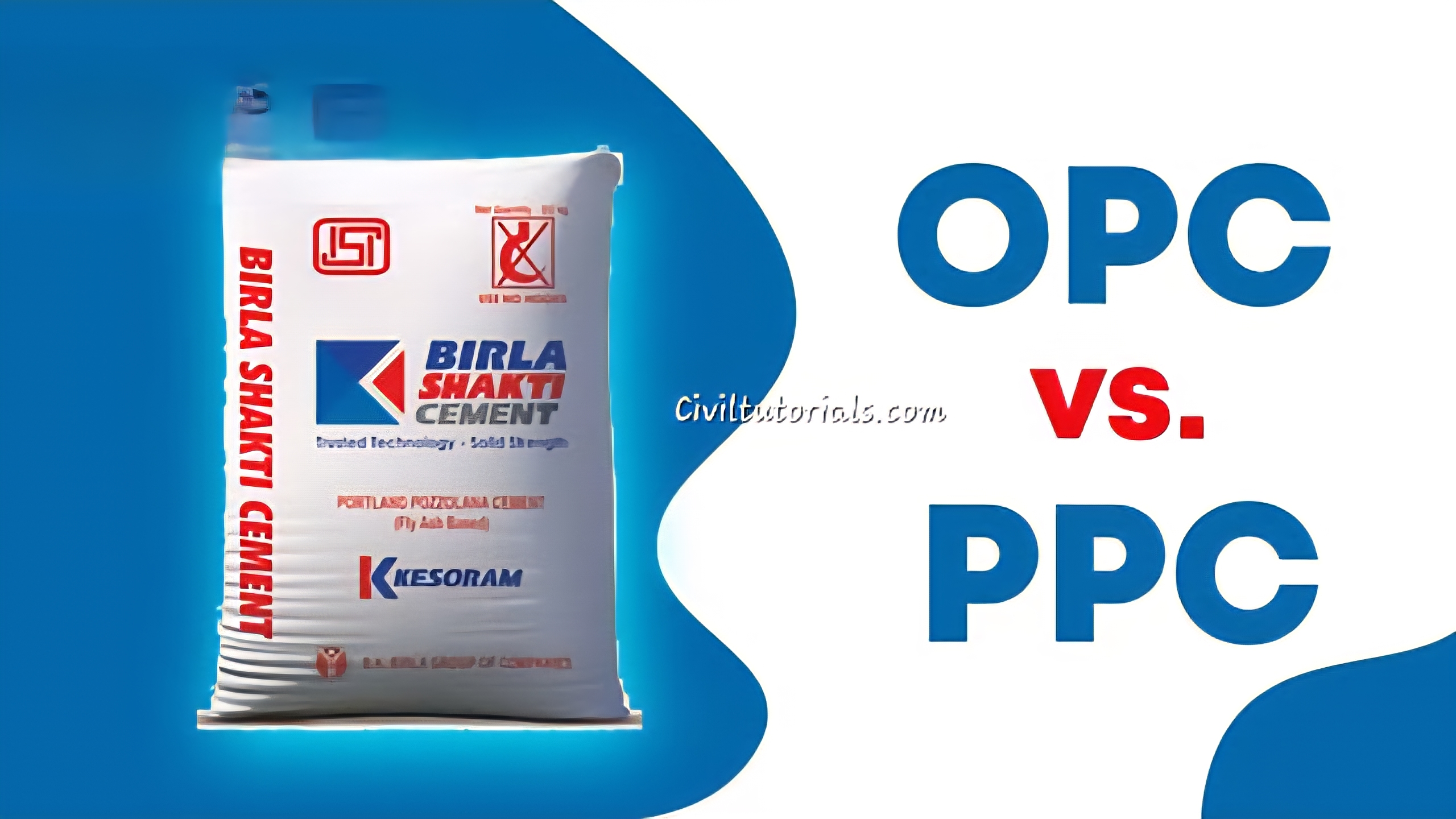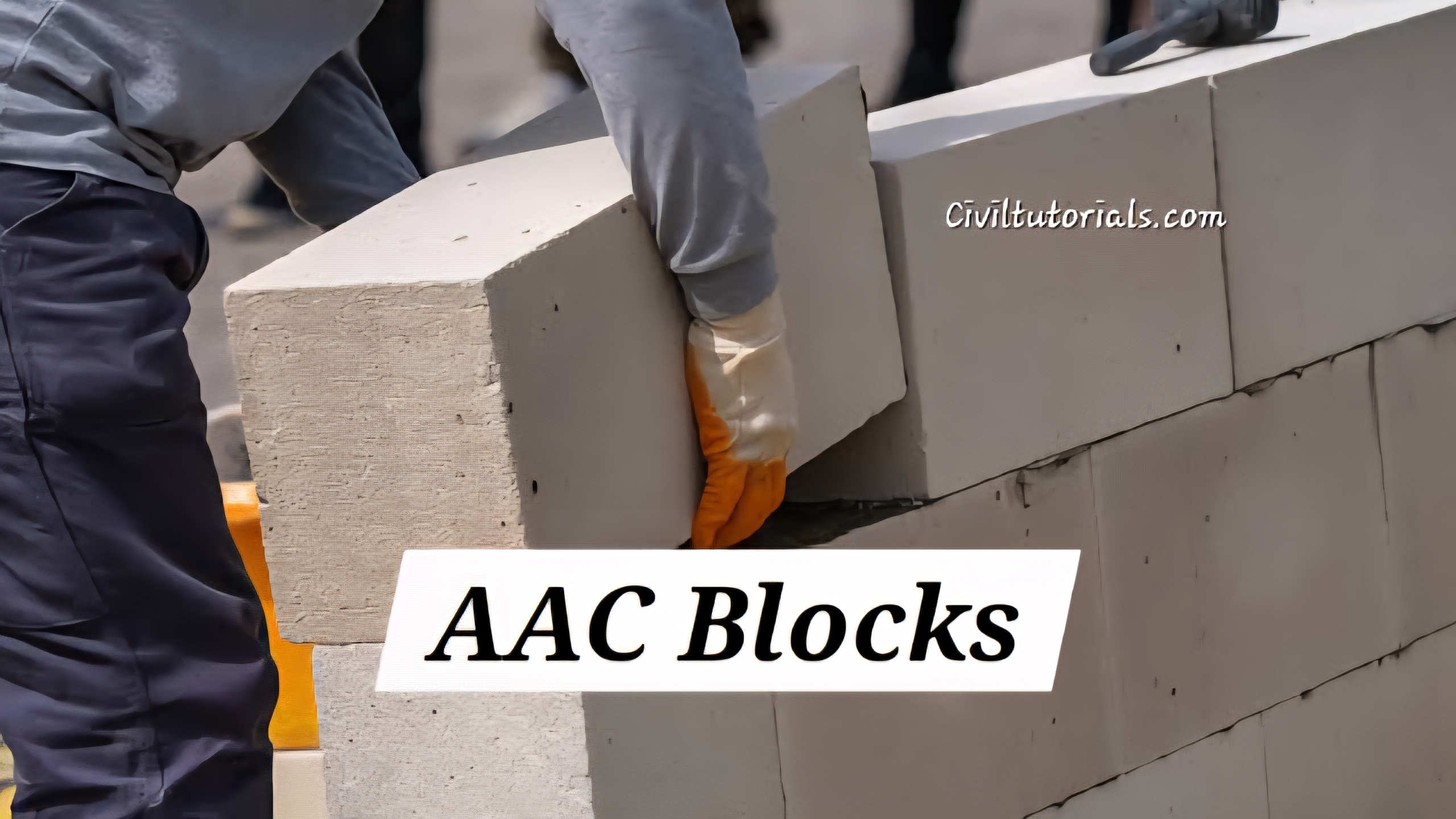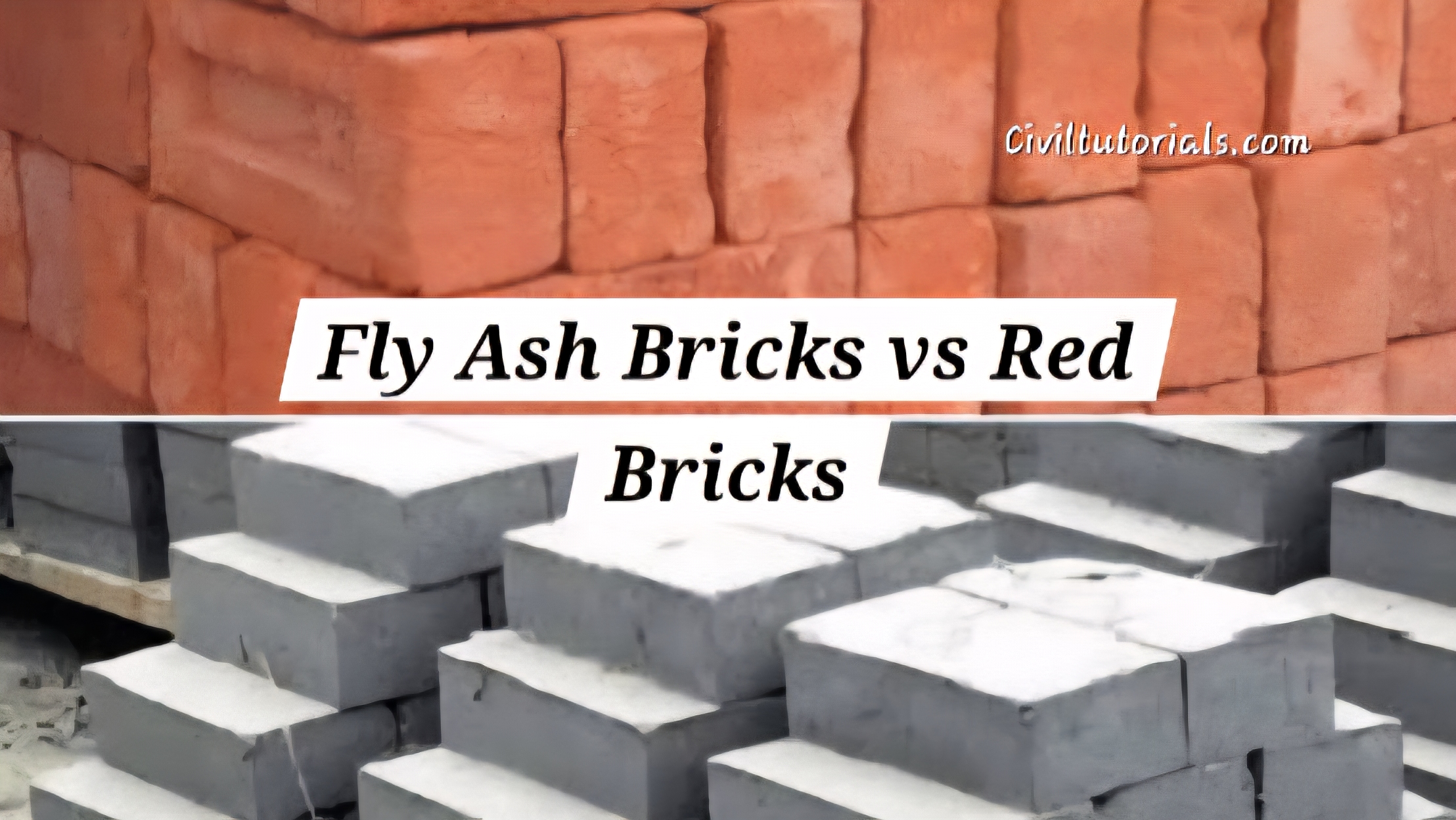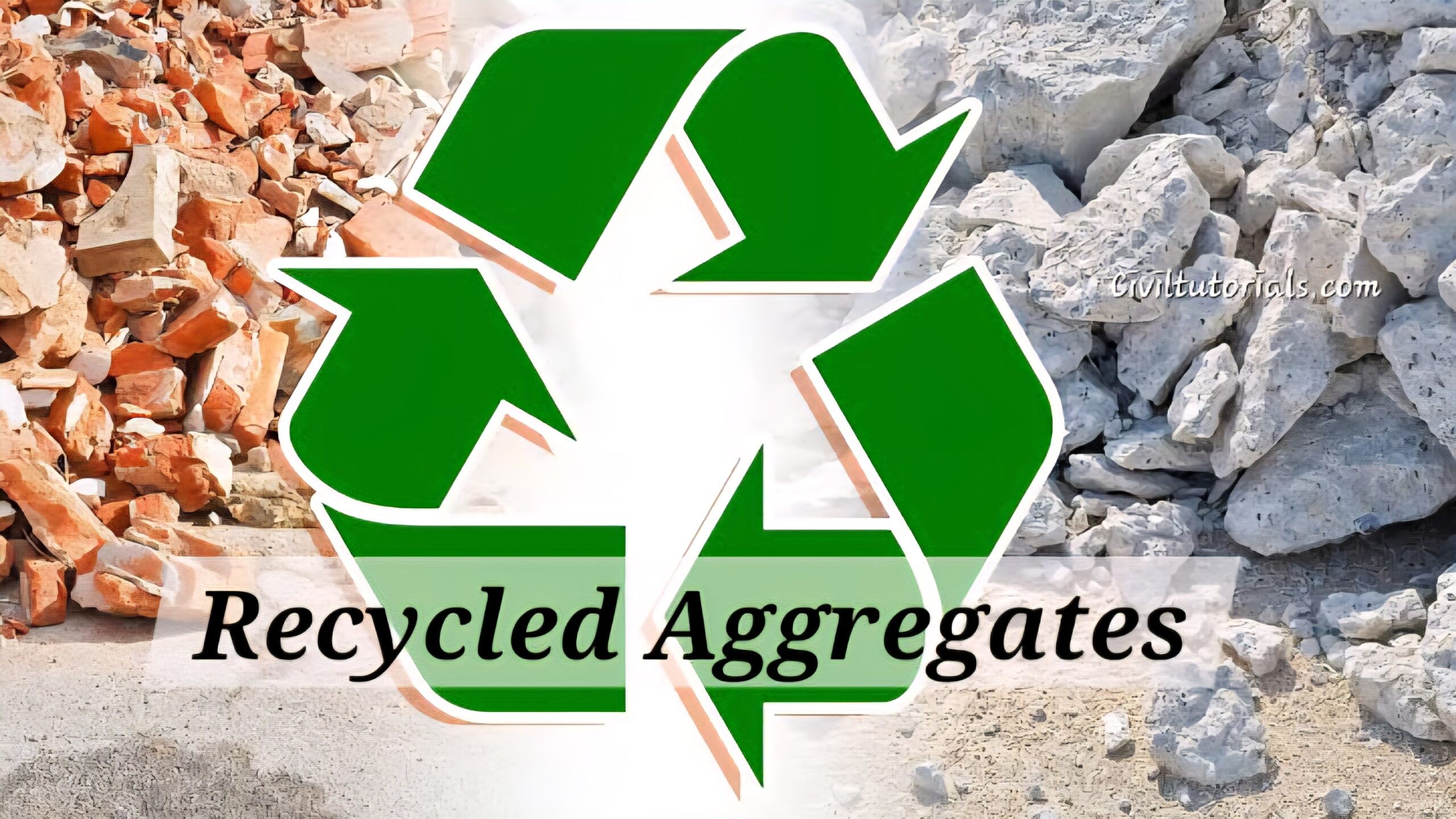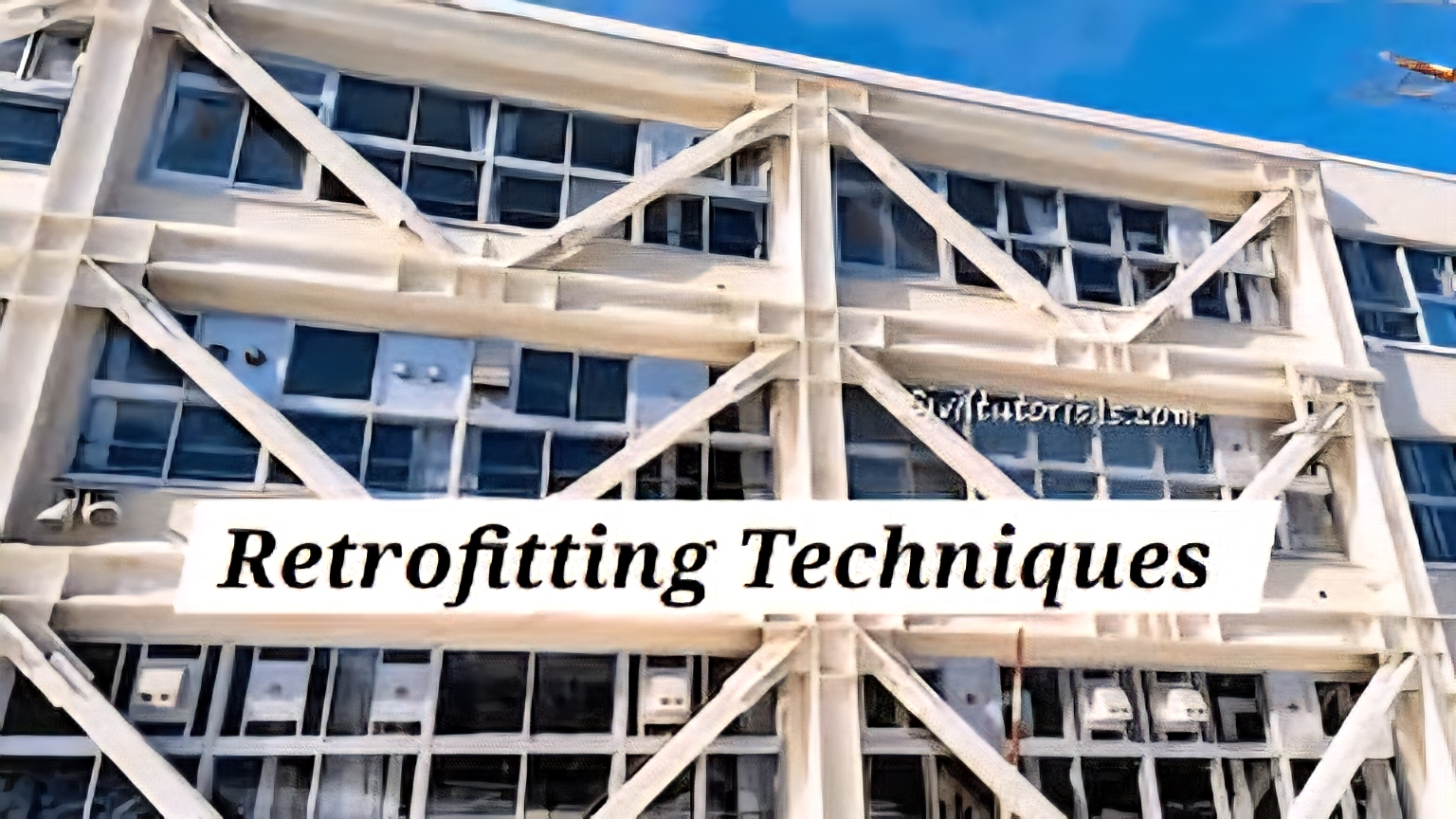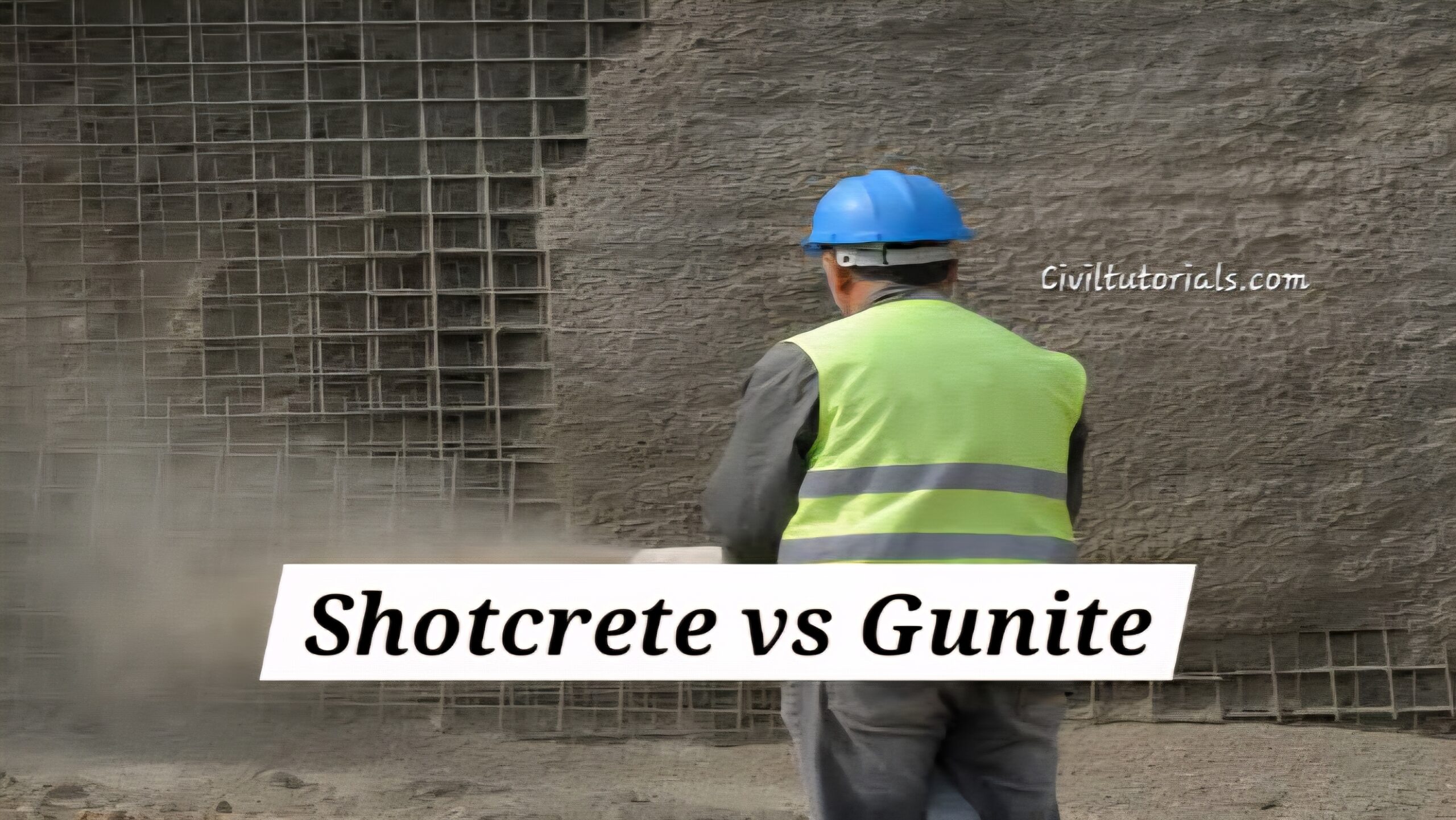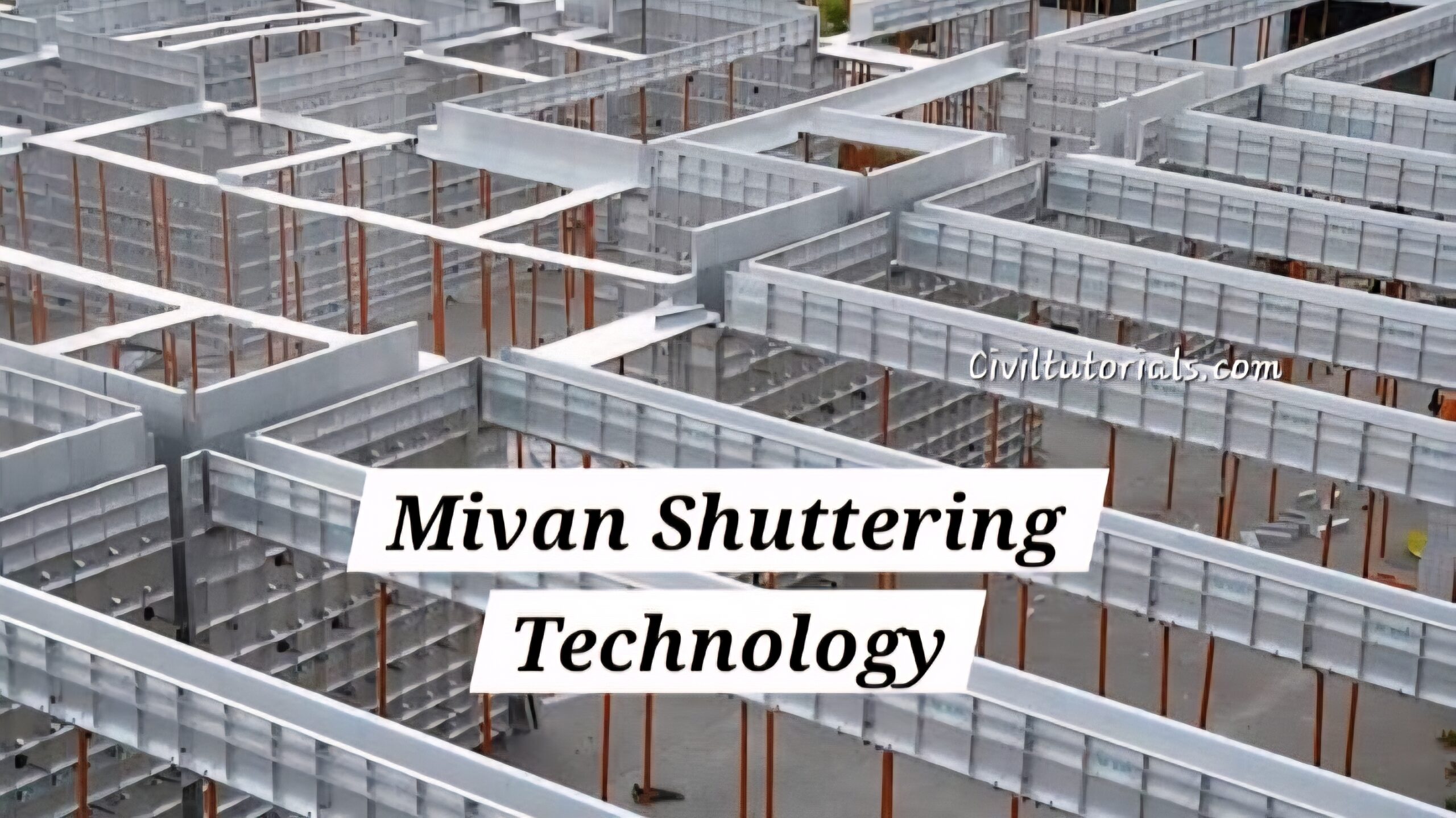Waterproofing is a critical element in modern construction, especially for structures exposed to water or moisture. Among the various tools used for this purpose, Water Stopper in Concrete stands out as a vital solution for preventing water penetration through construction joints.
This article explores the concept, types, applications, advantages, and challenges of using water stoppers, ensuring a user-friendly and SEO-optimized guide for construction enthusiasts.
What Is a Water Stopper or Water Bar?
A Water Stopper in Concrete (also known as a water bar) is a flexible, tape-like element embedded within concrete structures to block water passage through construction joints. These joints are inevitable in construction and serve as potential weak points where water seepage can occur.
By incorporating water stoppers, structures like water tanks, sumps, and manholes can achieve water-tightness, even in challenging environments. These stoppers are manufactured from materials such as galvanized steel, copper, rubber bituminous material, or durable plastic, tailored to meet specific project needs.
Key Features of Water Stoppers:
- Durability and Flexibility: They are designed to withstand operational conditions effectively.
- Non-Toxic Materials: Essential for water tanks and sumps containing drinking water.
- Rigidity: Ensures they maintain their position during installation and concrete placement.
- Bond Formation: Creates a seamless bond between new and old concrete layers.
Applications of Water Stoppers in Construction
Water stoppers are indispensable in various industries, providing waterproofing support in several applications:
- Water and Sewage Disposal Projects: Preventing leakage and ensuring structural integrity.
- Liquid Containment Structures: Used in tanks and reservoirs.
- Infrastructure Projects: Including dams, channels, tunnels, box culverts, and locks.
- Foundational Support: Widely used in basements, walls, and slabs for waterproofing.
- Bridge Construction: Ensures water-tight joints in bridge decks and abutments.
Types of Water Stoppers
Water stoppers are categorized based on the material used in their construction:
1. PVC Water Stop:
- Highly durable and flexible.
- Commonly used in tanks, tunnels, and retaining walls.
2. HDPE Water Stop:
- Made from high-density polyethylene.
- Offers superior chemical resistance.
3. TVP Water Stop:
- Specialized for extreme weather conditions.
- Resistant to wear and tear.
4. Rubber Water Bar:
- Natural or synthetic rubber provides excellent elasticity.
- Ideal for high-stress applications.
| Type | Material | Key Features | Applications |
|---|---|---|---|
| PVC | Polyvinyl Chloride | Durable, Flexible | Tanks, Tunnels, Walls |
| HDPE | High-Density Polyethylene | Chemical Resistance | Basements, Retaining Walls |
| TVP | Thermoplastic Vulcanizate | Weather-Resistant | Extreme Weather Locations |
| Rubber | Natural/Synthetic Rubber | Elasticity and Durability | High-Stress Applications |
Advantages of Using Water Stoppers
The benefits of water stoppers extend beyond simple waterproofing:
- Enhanced Waterproofing: Provides a reliable seal at construction joints.
- Structural Integrity: Allows independent movement of sections without compromising joint security.
- Longevity: Reduces maintenance by preventing water-induced damage.
Challenges in Embedding Water Stoppers
Despite their benefits, improper installation can lead to issues such as:
- Improper Compaction: Results in honeycombing patterns in concrete around the stopper.
- Concrete Shrinkage: Creates gaps between the stopper and concrete.
- Material Compatibility: PVC does not bond naturally with concrete, leading to potential weak points.
Installation Tips for Water Stoppers
To ensure the effectiveness of a Water Stopper in Concrete, follow these guidelines:
- Proper Placement: Position the stopper precisely within the joint.
- Compaction: Avoid honeycombing by ensuring adequate concrete compaction around the stopper.
- Material Selection: Choose the stopper material based on project requirements.
Final Thoughts Water Stopper
A Water Stopper in Concrete is more than just a waterproofing element; it’s a critical component that ensures the structural integrity and longevity of construction projects. From applications in water tanks to foundational support, these stoppers provide unmatched versatility and reliability.
By understanding the types, advantages, and installation challenges, construction professionals can effectively utilize water stoppers to create water-tight, durable structures.
Frequently Asked Questions (FAQs)
1. What is the purpose of a water stopper in concrete?
Water stoppers prevent water seepage through construction joints in concrete structures.
2. Can water stoppers be used in residential projects?
Yes, they are often used in basements, water tanks, and retaining walls in residential buildings.
3. How do I choose the right water stopper material?
The selection depends on the application, environmental conditions, and material properties like flexibility and chemical resistance.
4. What are common issues during water stopper installation?
Improper compaction and gaps caused by concrete shrinkage are common challenges.
This article adheres to best SEO practices and aims for simplicity and readability, ensuring value for readers and optimal performance on search engines.
